

Margaret Mead
Mead, Margaret (1901-78), American anthropologist, widely
known for her studies of primitive societies and her contributions to social
anthropology. Mead was born in Philadelphia on December 16, 1901, and was
educated at Barnard College and at Columbia University. In 1926 she became
assistant curator of ethnology at the American Museum of Natural History in New
York City, and she subsequently served as associate curator (1942-64) and as
curator (1964-69). She was director of research in contemporary cultures at
Columbia University from 1948 to 1950 and adjunct professor of anthropology
there after 1954. In 1968 she was appointed full professor and head of the
social science department in the Liberal Arts College of Fordham University at
Lincoln Center in New York. She also served on various government and
international commissions and was a controversial speaker on modern social
issues.
Participating in several field expeditions, Mead conducted notable research in
New Guinea, Samoa Islands, and Bali. Much of her work was devoted to a study of
patterns of child rearing in various cultures. She also analyzed many problems
in contemporary American society, particularly those affecting young people. Her
interests were varied, including child care, adolescence, sexual behavior, and
American character and culture. Mead died in New York City on November 15, 1978.
Her writings include Coming of Age in Samoa (1928), Growing Up in New Guinea
(1930), Sex and Temperament in Three Primitive Societies (1935), Male and Female
(1949), Soviet Attitudes Toward Authority (1951), New Lives for Old (1956),
Culture and Commitment: A Study of the Generation Gap (1970), and her memoirs,
Blackberry Winter (1972).
Microsoft® Encarta®
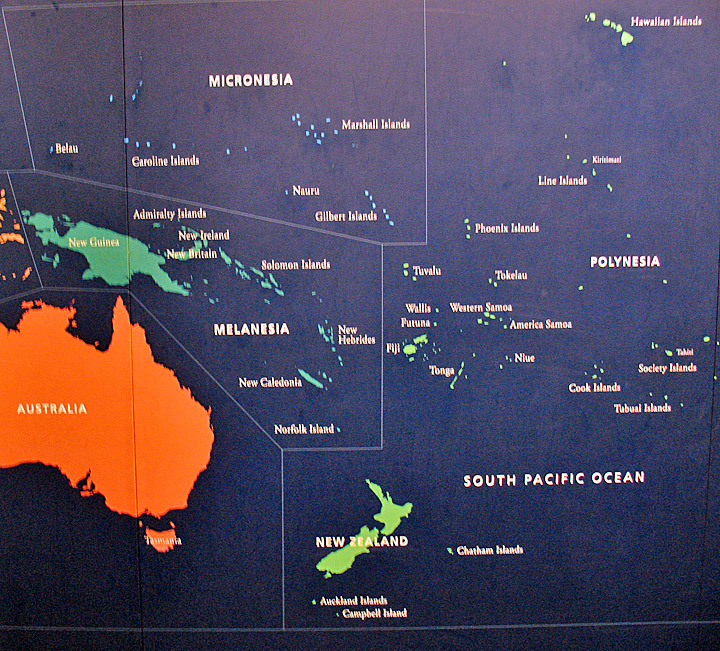
the Pacific region of Margaret Mead's interest
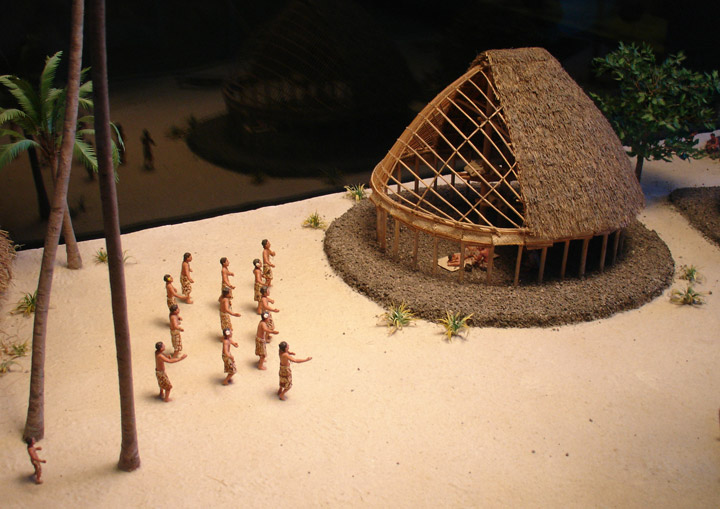
Samoan house
(on these islands Margaret Mead did her early work)
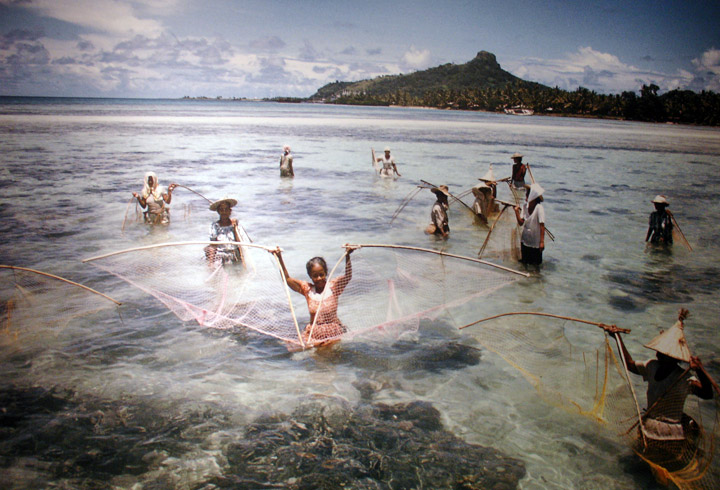
she was interested in the ways of the people of the Pacific area

canoe from the Sepik river
spent some time in Papua-New Guinea
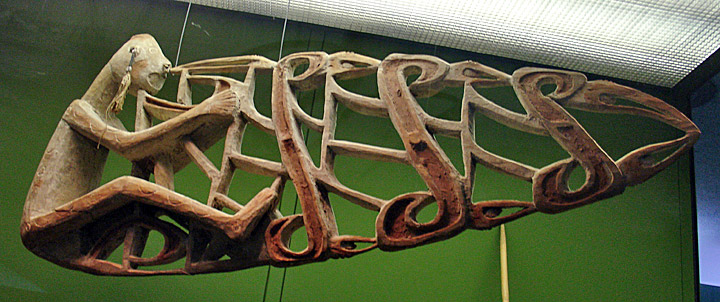
top from a ceremonial pole, the Asmat
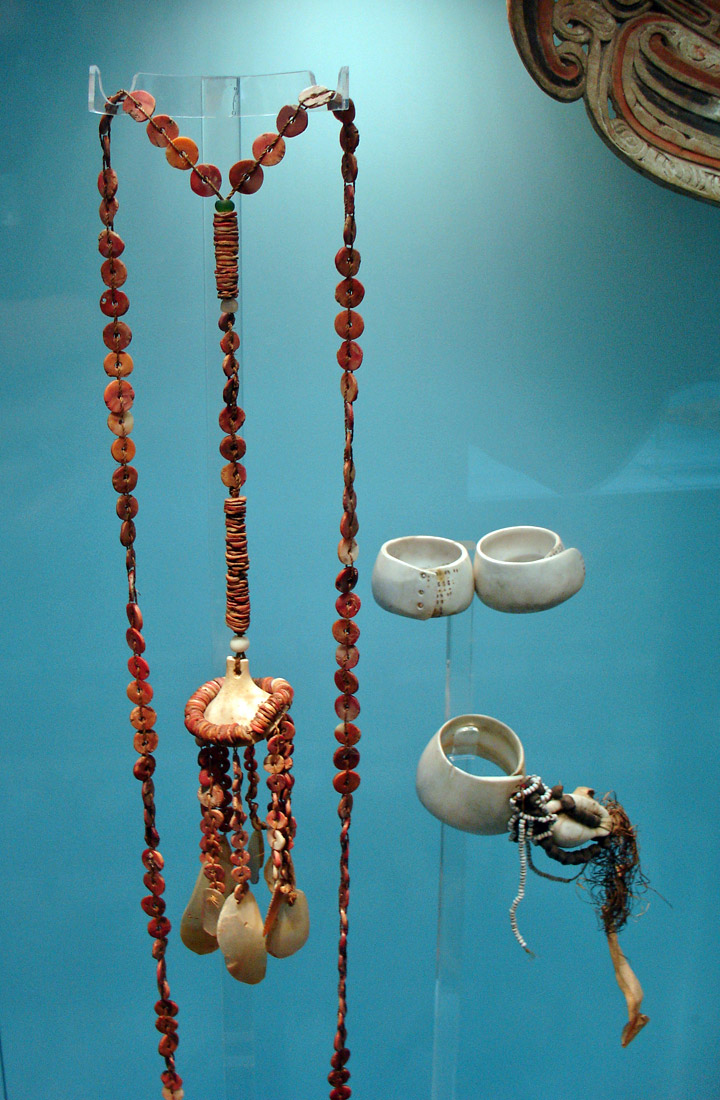
the "trading ring" necklace and rings
spent time in the Trobriand Islands
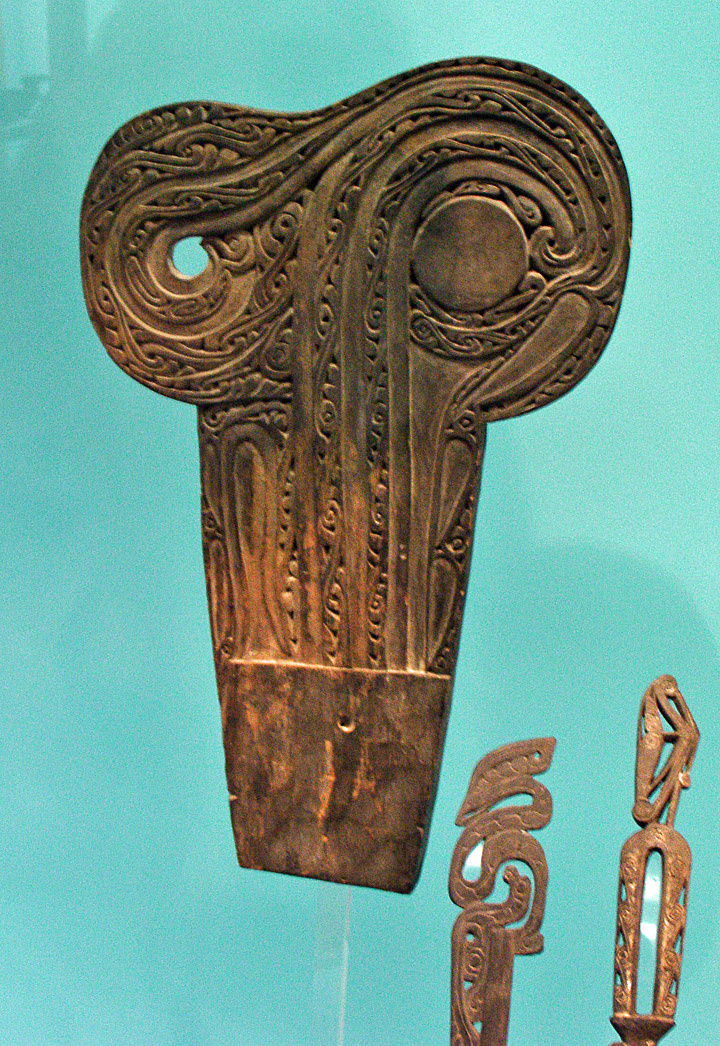
Bow portion of a Trobriand Islands "Trading Ring" boat
Many of the items she collected are
in the Margaret Mead Rooms of the
American Museum of Natural History
Australian Aboriginal Art
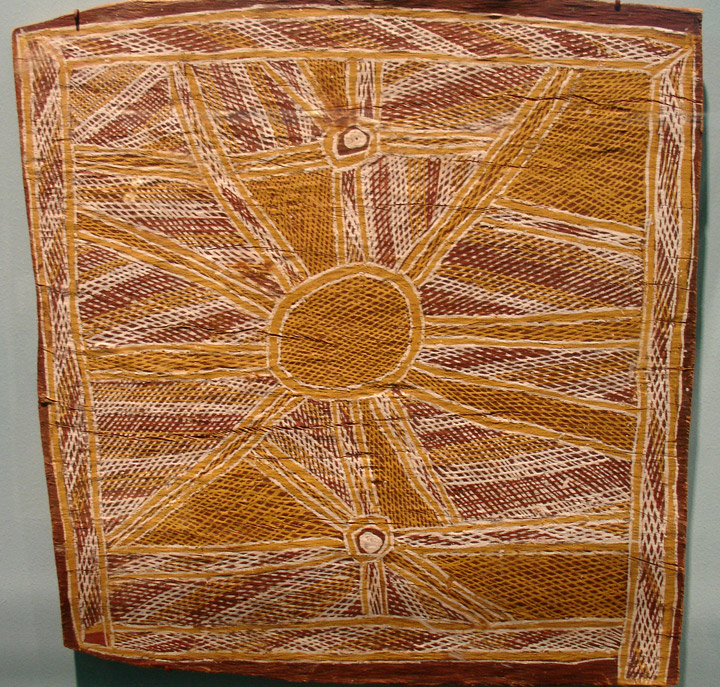
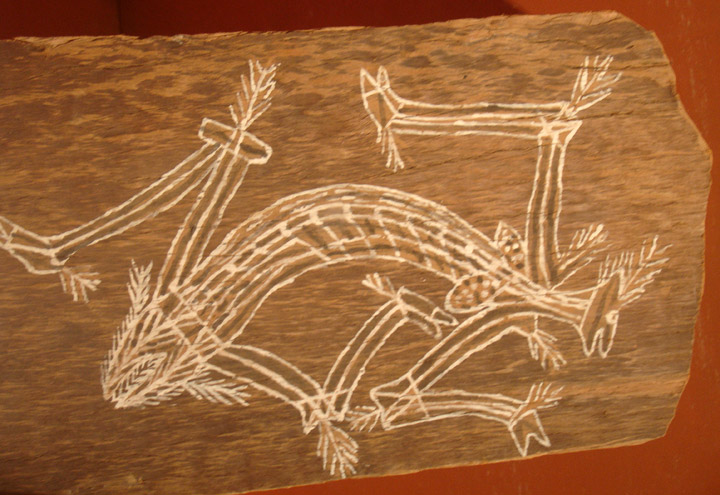
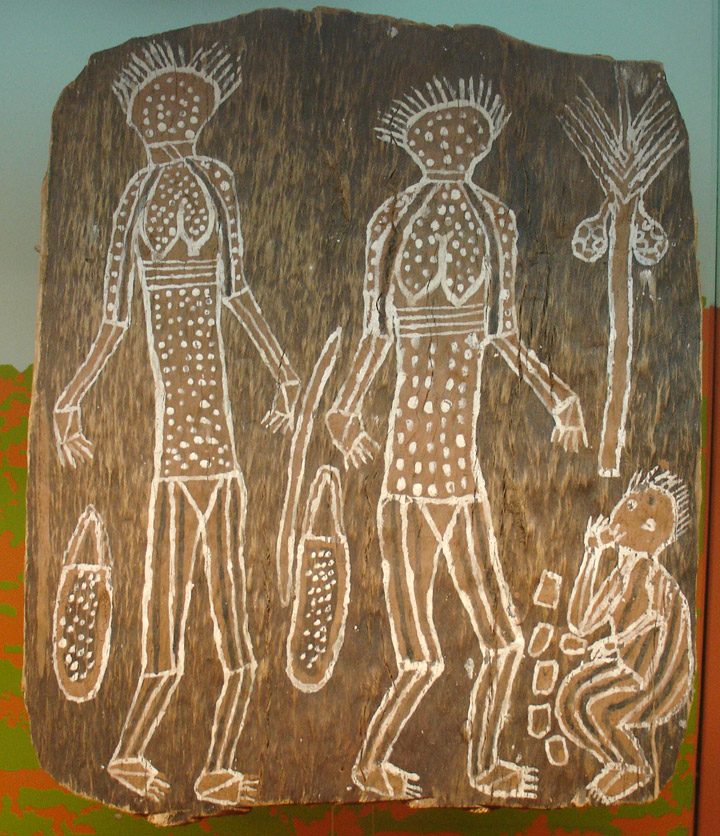
Shadow Puppetry of Indonesia
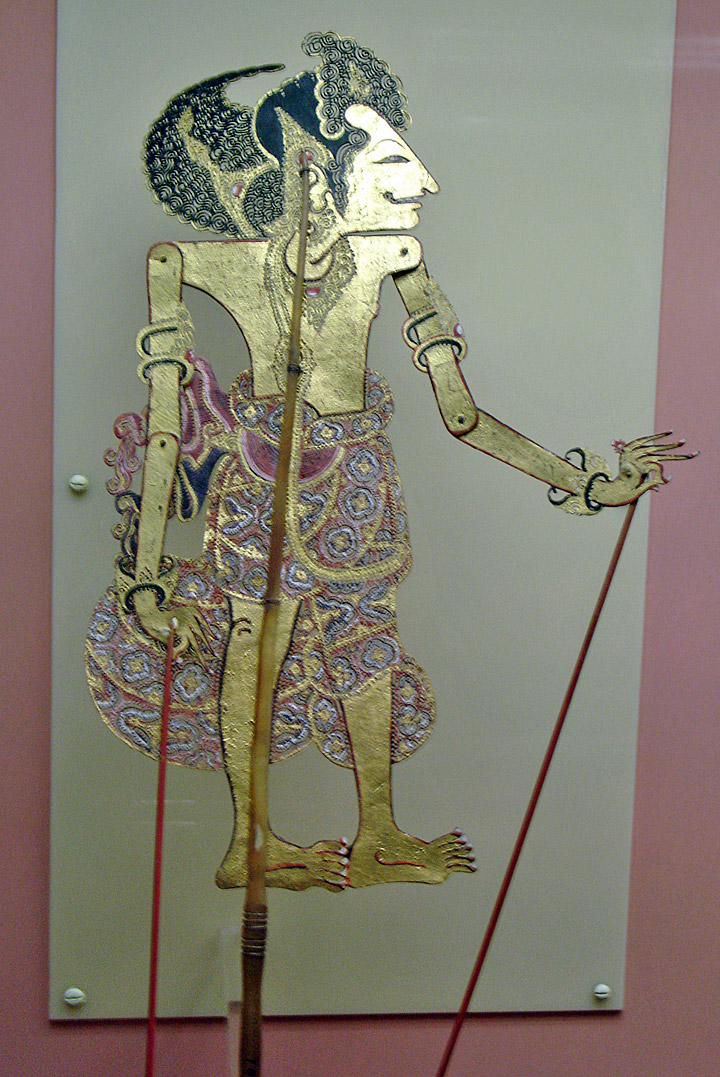
shadow puppet
Traditional theater in Indonesia
developed between the 7th and 13th centuries, when a Buddhist and Hindu kingdom,
Sri Vijaya, ruled the area from the island of Sumatra and traded with India and
China. Performances at the ruler's court featured female dancers, shadow
puppets, masked performers, clowns, and a gamelan orchestra made up of gongs,
metallophones (which resemble xylophones but have bars of metal rather than
wood), xylophones, and drums. On Java, another island near Sumatra, Hindu and
Buddhist kingdoms were in power until Islam reached the island in the 13th
century. Despite Islam's ban on theater and dance, the performing arts survived
on Java, probably because of the presence of Sufism, a mystical branch of Islam
in which dance has an important role. Performers modified tales of gods and
heroes from the Mahabharata and introduced stories of Muslim heroes and saints.
By 1520 Indonesia had become predominantly Islamic, while Bali remained Hindu.
Bali is known for its trance dances, in which performers experience an altered
state of consciousness and seek contact with the spirit world.
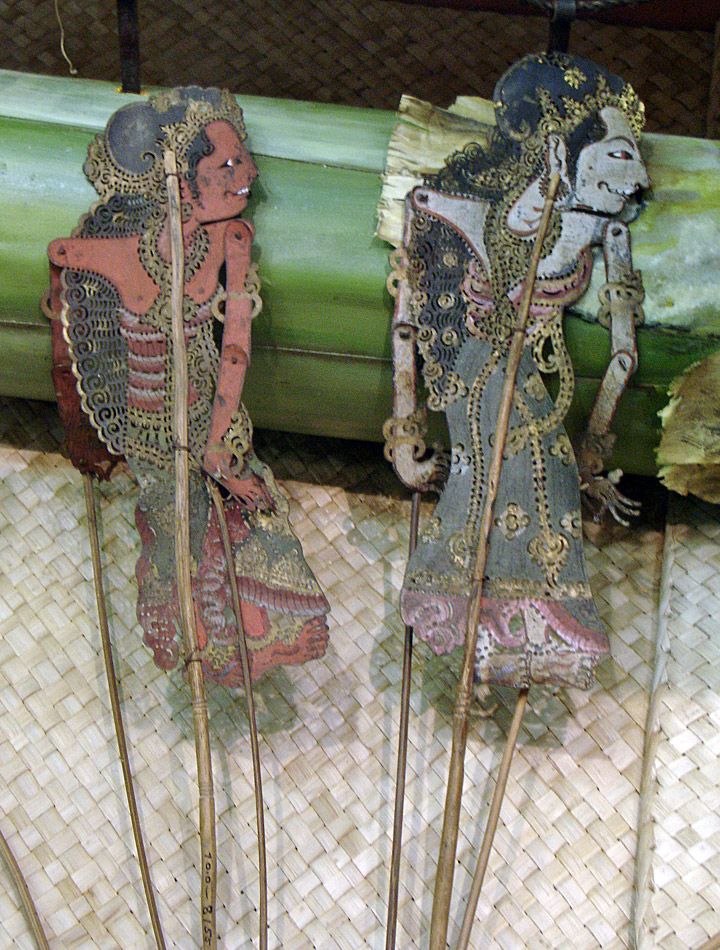
People have believed that shadow puppets represent spiritual
essences rather than illusions. This view is held in many Asian cultures,
including those of India, Thailand, and Malaysia. Partly because of the special
value given to shadow puppets, two ancient epics of the Hindu religion, the
Mahabharata and the Ramayana, have been staged as shadow puppet plays for many
centuries. Most Asian cultures have a rich history of puppetry and consider it a
high art form.


The major puppet traditions of Indonesia resist easy
classification. For instance, both wayang kulit (shadow puppets) and
wayang golek (wooden rod puppets) are used for profoundly sacred as well as
secular purposes. They provide satiric and sometimes even bawdy entertainment
but also offer enlightenment on social, cultural, religious, and moral issues.
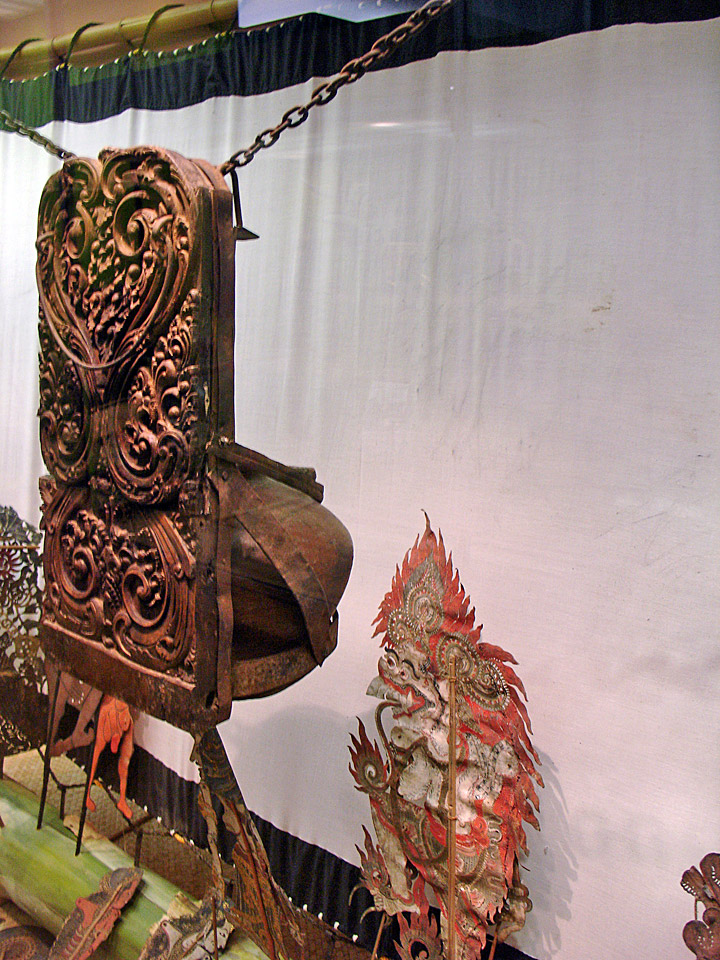
the holder for the light for
showing the shadows on the screen
(the observers are on the opposite side of the screen)